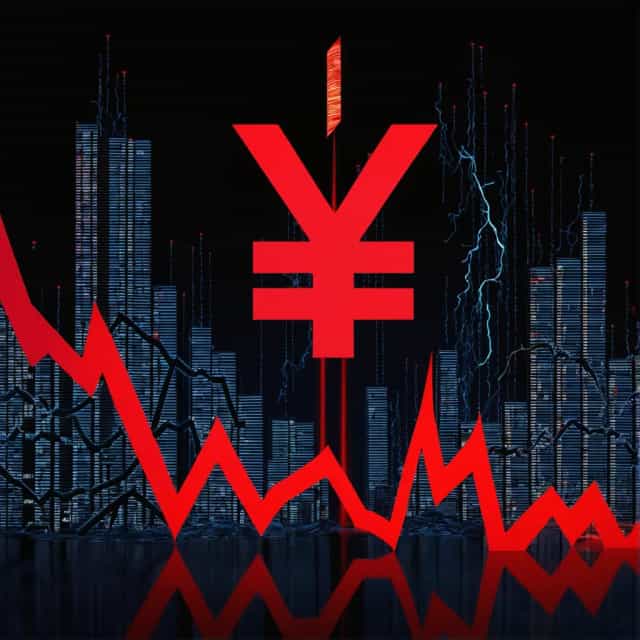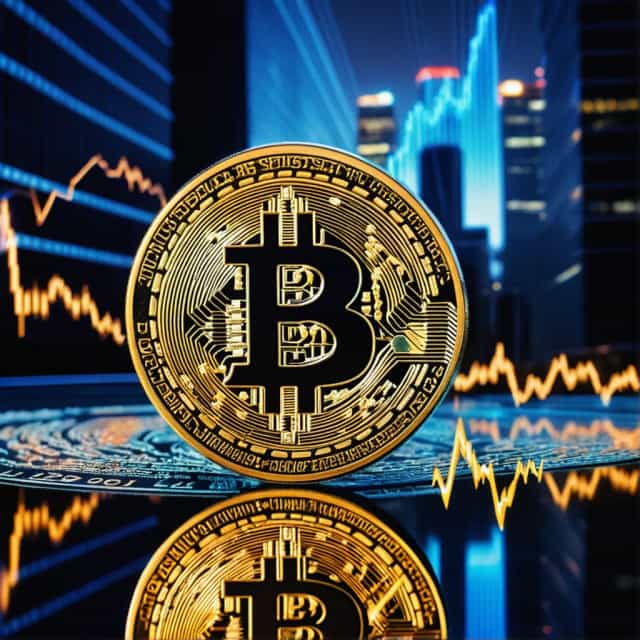China Lowers Rates, Adds $138.5B Liquidity as Growth Risks Rise
Why has China decided to inject $138.5 billion of liquidity into its economy?
What are the potential risks of China's large-scale liquidity injection?
How might China's interest rate cut impact global financial markets?

China Injects $138.5 Billion Liquidity
PBoC Lowers Interest Rate by 25bp
[Unblock Media] China has announced a large-scale monetary stimulus including the provision of $138.5 billion in liquidity and a reduction in interest rates. This move is reminiscent of the emergency measures taken during the global financial crisis of 2008. The latest measures announced by the People's Bank of China (PBoC) aim to revive domestic demand and prevent a prolonged economic downturn. [object Object]
According to PBoC data, this liquidity injection is one of the largest since 2020, amounting to approximately 1% of China's nominal GDP. The central bank has also targeted household and corporate loans by reducing the one-year loan prime rate (LPR) by 25 basis points (0.25%).
This bears similarities to significant monetary expansions in the past. In 2008, the U.S. Federal Reserve lowered interest rates to near zero levels and commenced quantitative easing (QE) to stabilize the market collapse. In 2020, both the U.S. and China injected trillions of dollars in liquidity to mitigate the pandemic's impact.
The announcement stated, "Monetary stimulus of this magnitude reflects not just an aggressive stance but profound economic concerns."
In the short term, the increase in liquidity is expected to support credit expansion and consumer sentiment, while lower interest rates will reduce borrowing costs, thereby stimulating investment and consumption. However, economists warn that excessive liquidity could have long-term adverse effects.
Potential risks include:
- Asset bubbles in the real estate and stock markets
- Increased household and corporate debt
- Structural imbalances between financial market growth and the real economy
"The same tools that spur growth can also sow instability," the announcement added. "The distortion of asset prices due to QE in the 2010s is a case in point."
China's aggressive policy stance may not be constrained to the region. Currency depreciation from interest rate cuts could weaken the yuan, leading to a stronger U.S. dollar. Additionally, as China adopts more accommodative policies, it may place pressure on the U.S. Federal Reserve, potentially influencing global disinflation. Increased capital outflows from Asian markets could also heighten pressures on emerging markets.
"Currency and interest rate differentials drive capital flows," the announcement conveyed. "China's actions could pressure global central banks to consider monetary easing sooner than anticipated."
While China's stimulus may offer temporary relief, balancing economic stabilization with avoiding speculative overheating is crucial. Markets are now watching to see whether other economies, particularly the U.S. and EU, will adopt synchronized monetary policies or take alternative measures.
Get real-time crypto breaking news on Unblock Media Telegram! (Click)










